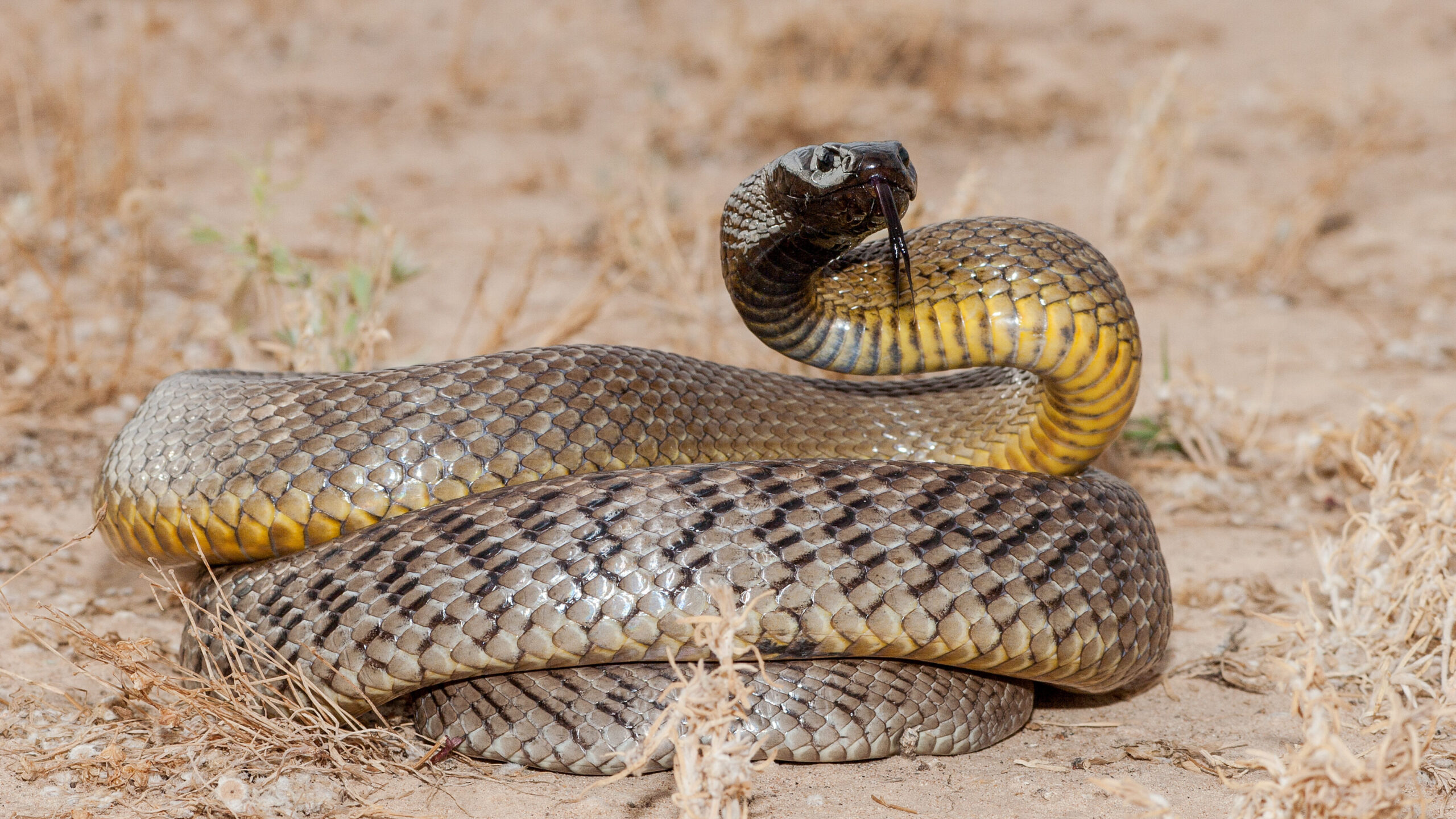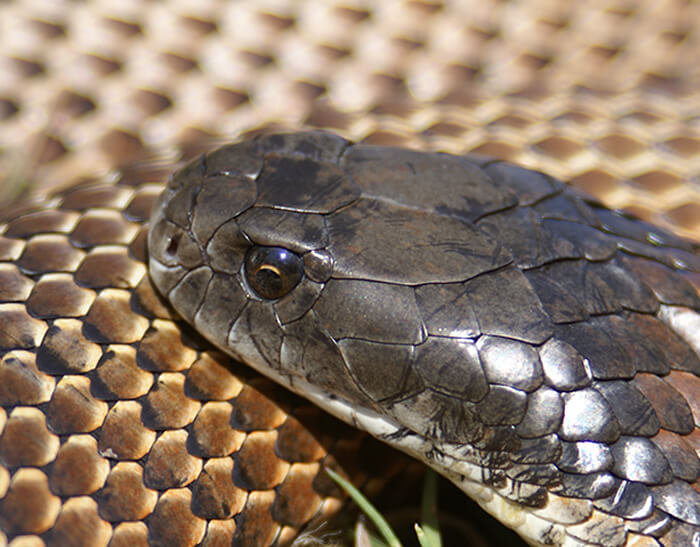Introduction
Australia is renowned for its abundant biodiversity, particularly when it involves reptiles. Amongst these fascinating animals, the Eastern Tiger Snake ( Notechis scutatus) attracts attention because of its striking appearance and powerful venom. Discovered mainly in southeastern Australia, this species has intrigued both herpetologists and informal onlookers alike. In this thorough guide, we will look into the features of the Eastern Tiger Serpent, discover their environment, behavior, and diet plan, and share necessary safety pointers for anybody who might encounter them.
As we traverse via the subtleties of the Eastern Tiger Snake's life, we'll likewise talk about crucial topics such as snake bite first aid and avoidance methods. With serpent bites being a major issue in Australia, equipping on your own with knowledge can mean the distinction between safety and security and threat. Distort up as we embark on this enlightening journey.
Exploring the Eastern Tiger Serpent: Characteristics and Safety And Security Tips
1. Summary of the Eastern Tiger Snake
The Eastern Tiger Serpent is a highly venomous serpent that comes from the Elapidae family. Defined by its distinctive banding pattern that resembles a tiger's stripes, this types showcases a range of shades from olive-green to black or perhaps brown hues.
1.1 Physical Characteristics
Tiger snakes are tool to large-sized snakes that generally get to lengths of 1.2 to 2 meters (4 to 6.5 feet). Their durable bodies are matched by a flattened head that makes them quickly identifiable among other snakes.
1.2 Venom Composition
The poison of an Eastern Tiger Snake is largely neurotoxic. This suggests it can impact the nerves and cause paralysis if left without treatment. Luckily, antivenom is offered in Australia for those regrettable sufficient to be bitten.
2. Habitat of the Eastern Tiger Snake
Understanding where these serpents flourish can aid in staying clear of encounters and appreciating their duty in the ecosystem.
2.1 All-natural Habitat
Eastern Tiger Snakes prefer coastal regions, wetland locations, and grasslands. They are often found near freshwater sources like swamps and rivers.
2.2 Geographic Distribution
How to identify Australia's deadliest snakesThis varieties is mostly located in southeastern Australia, including components of Tasmania where they are commonly described as Tasmanian tiger snakes.
3. Habits Patterns
3.1 Diurnal vs Nocturnal Activity
While some tiger snakes might display nocturnal actions during warmer months, they are mainly diurnal creatures that quest during daylight hours.
3.2 Defensive Mechanisms
When endangered, tiger snakes might show aggressive actions by curling back or hissing loudly before striking if prompted further.
4. Diet plan of the Eastern Tiger Snake
Tiger serpents have a varied diet mostly containing tiny creatures, birds, amphibians, and other reptiles.
4.1 Searching Techniques
They utilize ambush techniques paired with rapid strikes to catch unwary victim-- a remarkable feat provided their size!
5. Are Tiger Snakes Venomous? Comprehending Their Risk Level
Yes! The eastern tiger snake is without a doubt venomous; nevertheless, not all bites lead to envenomation (the shot of poison). Awareness about their danger degree is critical for anyone who frequents their habitat.
6. First Aid for Serpent Bites: A Crucial Skillset
If somebody is attacked by a tiger serpent or any type of other types:

- Remain calmness; panic intensifies symptoms. Call emergency situation solutions immediately. Apply a stress plaster over the bite site.
Knowing how to react immediately can save lives!
7. Usual Misconceptions About Tiger Snakes Debunked
Misunderstandings about tiger snakes abound-- let's address some common myths:
- Myth: All serpents are aggressive. Fact: Numerous serpent varieties prefer evasion over confrontation. Myth: A completely dry bite suggests no danger. Fact: Always look for medical attention despite symptoms!
8. Safety Safety Measures When Coming Across Snakes
Awareness is your finest defense Great post to read against undesirable experiences with tiger snakes:
- Stay vigilant while hiking or walking through recognized habitats. Avoid high lawn where visibility could be limited. Wear proper shoes when checking out natural areas.
9. What To Do If You Run Into an Eastern Tiger Snake?
Stay tranquility! Slowly pull back without making sudden motions-- it's essential not to provoke the animal further.
10. Baby Tiger Snakes: The Kids' Journey
Juvenile tigers typically exhibit various coloration than grownups but retain similar patterns that use camouflage against predators and environmental threats.
10.1 Developing Stages
These infant snakes arise after regarding 2 months' pregnancy from eggs laid by ladies-- an interesting shift into independence!
11. The Role of Conservation in Protecting Snake Species
With metropolitan growth intruding upon all-natural habitats, preservation efforts are vital for keeping healthy and balanced populaces of eastern tiger serpents-- and all wildlife!
Frequently Asked Questions
FAQ 1: Are all tiger snakes deadly?
While eastern tiger serpents have powerful poison with the ability of creating Snakebite statistics Australia serious injury or death if neglected, not every encounter causes a bite or envenomation.

FAQ 2: How can I recognize an eastern tiger snake?
Look for special red stripe patterns incorporated with coloration varying from olive-green to black; they additionally have flat heads characteristic of elapids!
FAQ 3: What should I include in my serpent bite emergency treatment kit?
Essential items consist of stress bandages, sterilized gauze pads for wound treatment, antibacterial wipes/solutions like alcohol swabs together with emergency contact numbers!
FAQ 4: How commonly do tiger serpents breed?
Typically breeding takes place during spring when temperatures climb-- women may lay in between 20-30 eggs per clutch relying on environmental conditions!
FAQ 5: What makes Tasmania's tiger serpent unique?
Tasmanian tigers have a tendency towards bigger sizes compared to mainland counterparts; their shade variants range extensively across various geographical areas too!
FAQ 6: Can you securely transfer a snake found on your property?
It's recommended not to attempt self-relocation as incorrect handling might provoke them-- call regional wild animals authorities rather for assistance!

Conclusion
In summary, discovering the eastern tiger snake exposes much about among Australia's a lot of captivating reptiles-- from its striking physical functions to its important role within communities alongside common safety and security factors to consider regarding prospective encounters with people! Understanding concerning this species fosters respect while guaranteeing risk-free experiences must one cross courses with these wonderful animals out in nature-- because expertise truly encourages us all!